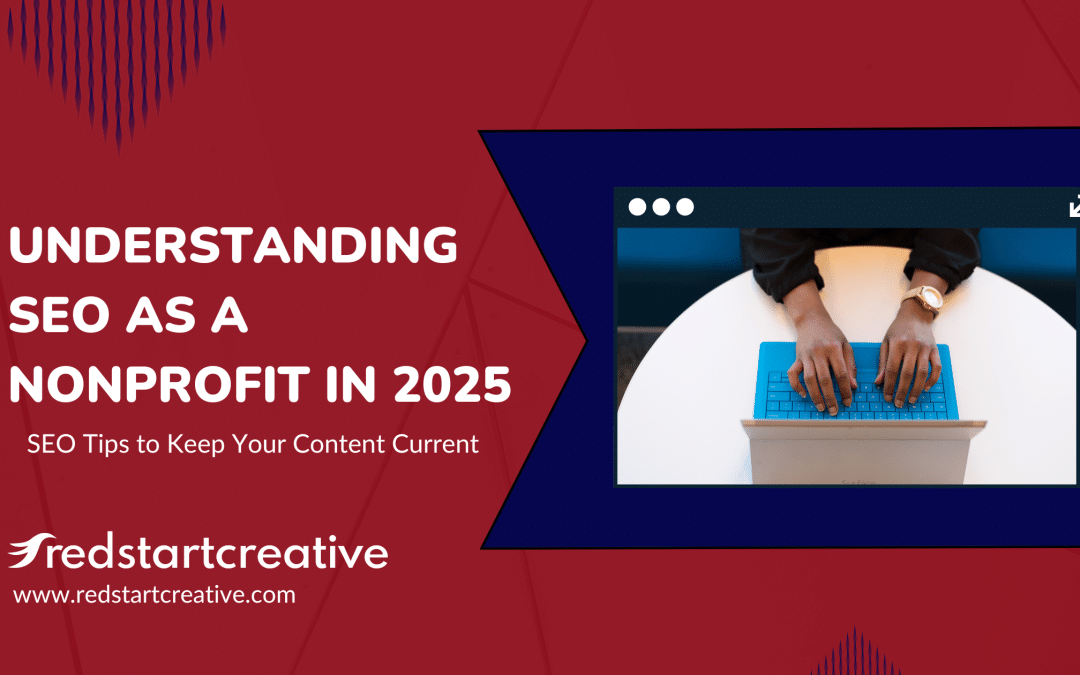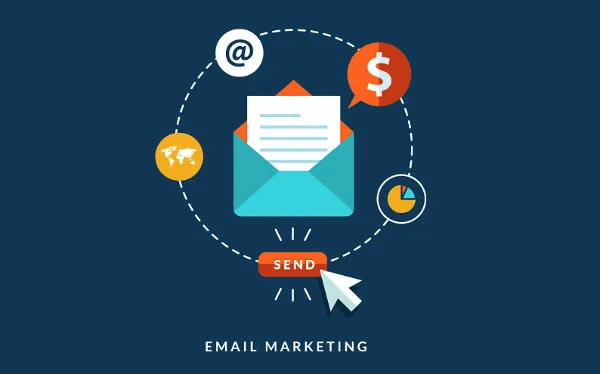If you have a nonprofit organization and you are on social media, social media fundraising should be part of your development strategy. For starters, nearly 70% of adults in the United States are currently on Facebook according to the Pew Research Center. And of that number, 70% visit the site at least once a day. What, then, are you doing to tap into that number of users to increase engagement and donations to your organization? We’ve put together a short guide to social media and fundraising to help your nonprofit make the most of this digital opportunity.
When thinking about social media fundraising, four key questions should be asked:
- Who are your followers?
- Is your communications strategy comprehensive?
- What are your calls to action?
- How are you tracking your performance?
Let’s break it down!
- Who are your followers?
Knowing who your target audience are and what social media platforms they use, is key to social media fundraising. For example, if you have a large following on Instagram but not on Twitter, that might suggest a fundraising campaign might be better suited to Instagram. However, if you have seen noticeable engagement from Twitter and not so much on Instagram, then Twitter might be the better choice. Understanding your baseline of followers and engagement will help determine the best platform for your social media fundraising campaign.
Another factor to keep in mind is that some platforms make it easier to give through social media than others. Facebook has an entire donation system in place, which makes it an easy lift. Instagram has followed suit, which makes sense, given that Instagram is owned by Facebook. Twitter is a great platform for broadcasting (within 280 characters), however it does require active listening to keep the conversation going. LinkedIn is more geared toward one-on-one conversations — such as finding individuals who oversee offices of corporate social responsibility, volunteers, and more. Depending on the goals of your fundraiser will also determine which platform is best to use.
- Is your strategy comprehensive?
The best kinds of campaigns are multi-pronged, such as direct mail, email, social media, events, and so on. The more visibility your fundraiser gets, the more it’ll encourage supporters to be generous. It’s essential, however, that the message is tailored to the platform you use, while being aligned with the overall strategy.
For example, you could share an interview with an individual who has been positively impacted by your organization on YouTube, which can then be linked out to Facebook, Twitter, and LinkedIn, shared in an email, and added to a direct mail campaign. The messaging for Facebook can be lengthier, whereas it should be short and sweet for Twitter. The email and direct mail messages likely want to address your organization’s impact, showcasing the interview as an example, but should be supplemented with more details articulating why a donor’s gift matters.
Essentially, your fundraising campaign should be comprehensive, and consider how to tailor the content for each channel. This leads us into the next tip…
- What are your calls to action?
When it comes to social media, fundraising, and communications in general, it is crucial to have a comprehensive communications strategy in place. As part of that, it’s important to know what communications need to have direct calls to action, soft calls to action (such as “Sign up for our newsletter!” and “Follow us on social!”) or build positive brand awareness.
Let’s go back to the video interview example from above. Sharing that powerful video interview creates an impression, yielding a positive association with your organization’s brand. Maybe the video is so powerful that it invites more people to share it because of its emotional resonance.
Then, when you move to the next post, that new post can feed off the reach of the previous post — but this time, there’s a direct call to action. More people will see it, and there is still that positive association that you’ve cultivated, which inspires the viewer to take action.
Understanding the balance between direct and indirect calls to action can go a long way to furthering your social media fundraising campaign. One thing to keep in mind is that what gets displayed in an individual’s feed is constantly changing based on what that social media channel thinks the individual wants to see — which is part of why it’s important to maintain that balance.
- Finally, how are you tracking your performance?
Some platforms make it easy — you can see how many donations were made through a given platform, how much you spent on ads or sponsored campaigns, etc.
Some metrics to consider are:
- How many people came to your website from social media links?
- How many people found your website organically, i.e. through searching online?
- What posts had the most engagement — a video or a graphic?
- What were more effective — direct or indirect calls to action??
These are just a few examples of performance metrics to consider when assessing the performance of your social media campaign.
Now that you’ve got the basics of building a social media fundraising campaign, you can put the pieces together to create a comprehensive, multi-channel campaign! For more tips like these or support in creating, managing, and analyzing your social media fundraising campaign, reach out to us at https://www.redstartcreative.com/contact!



